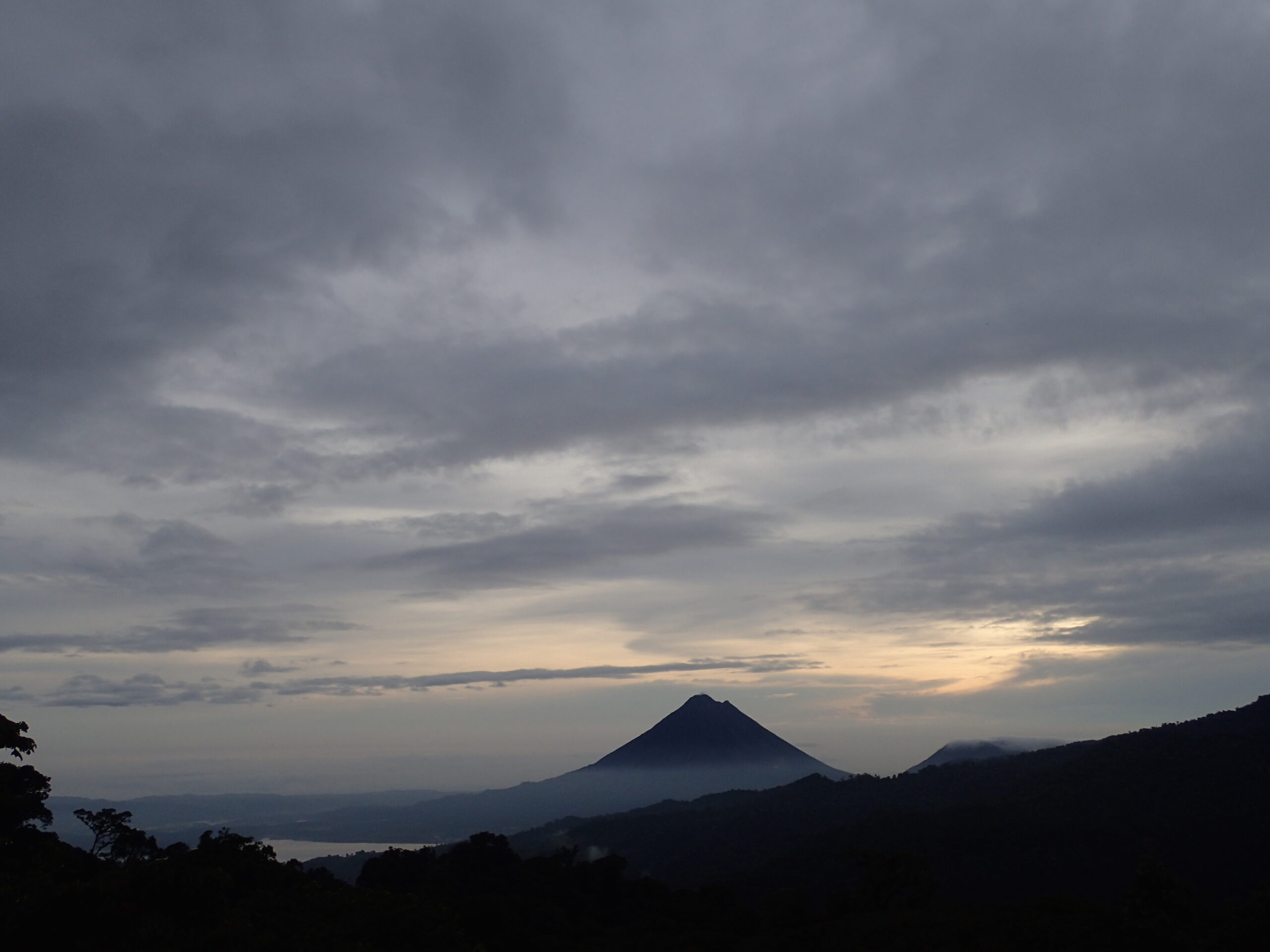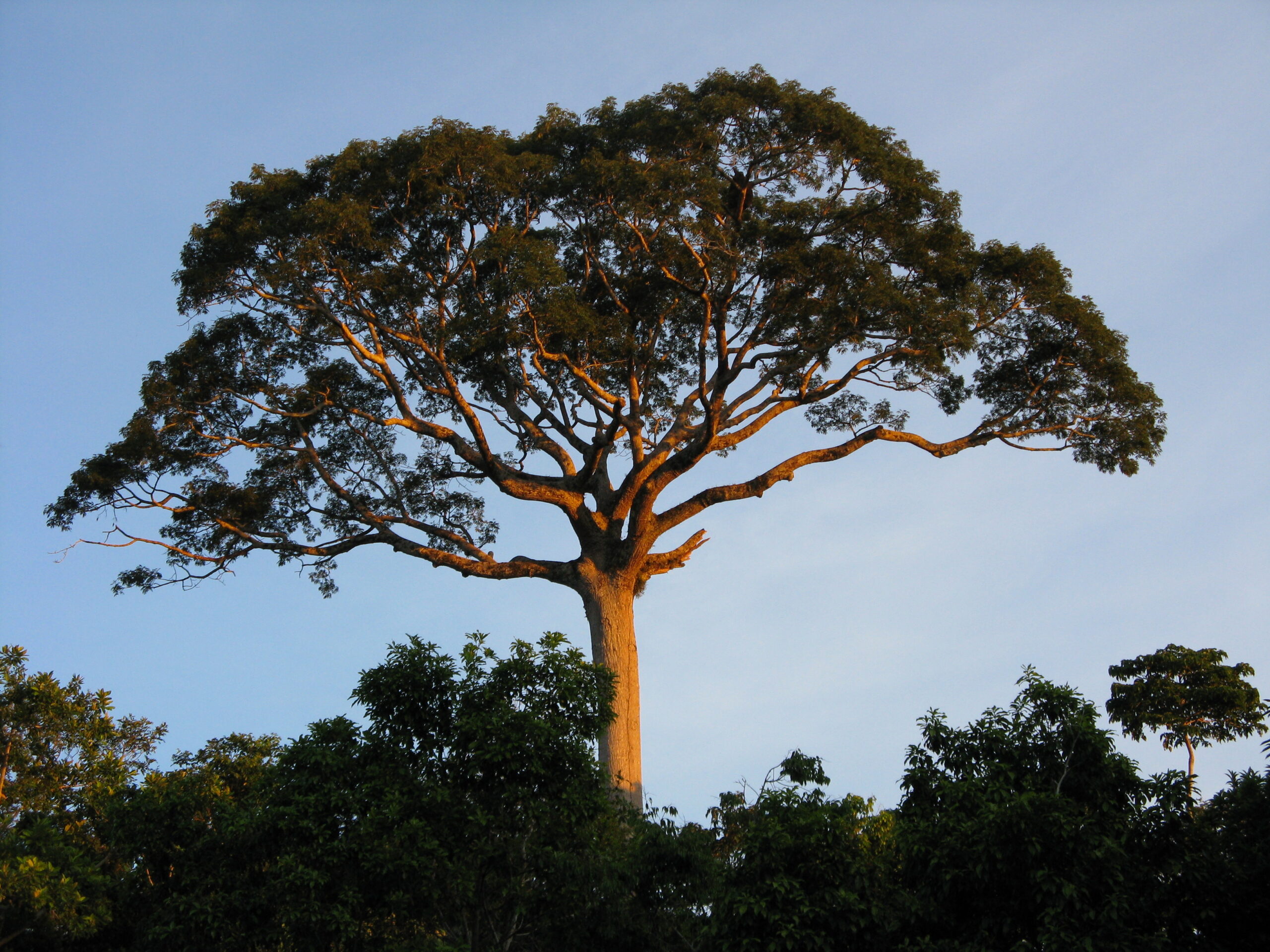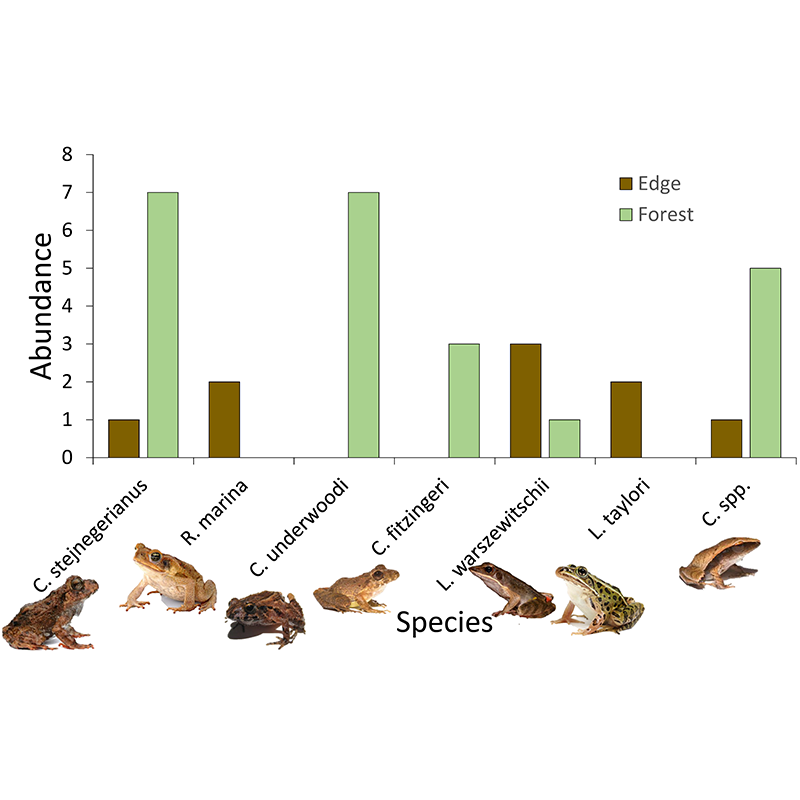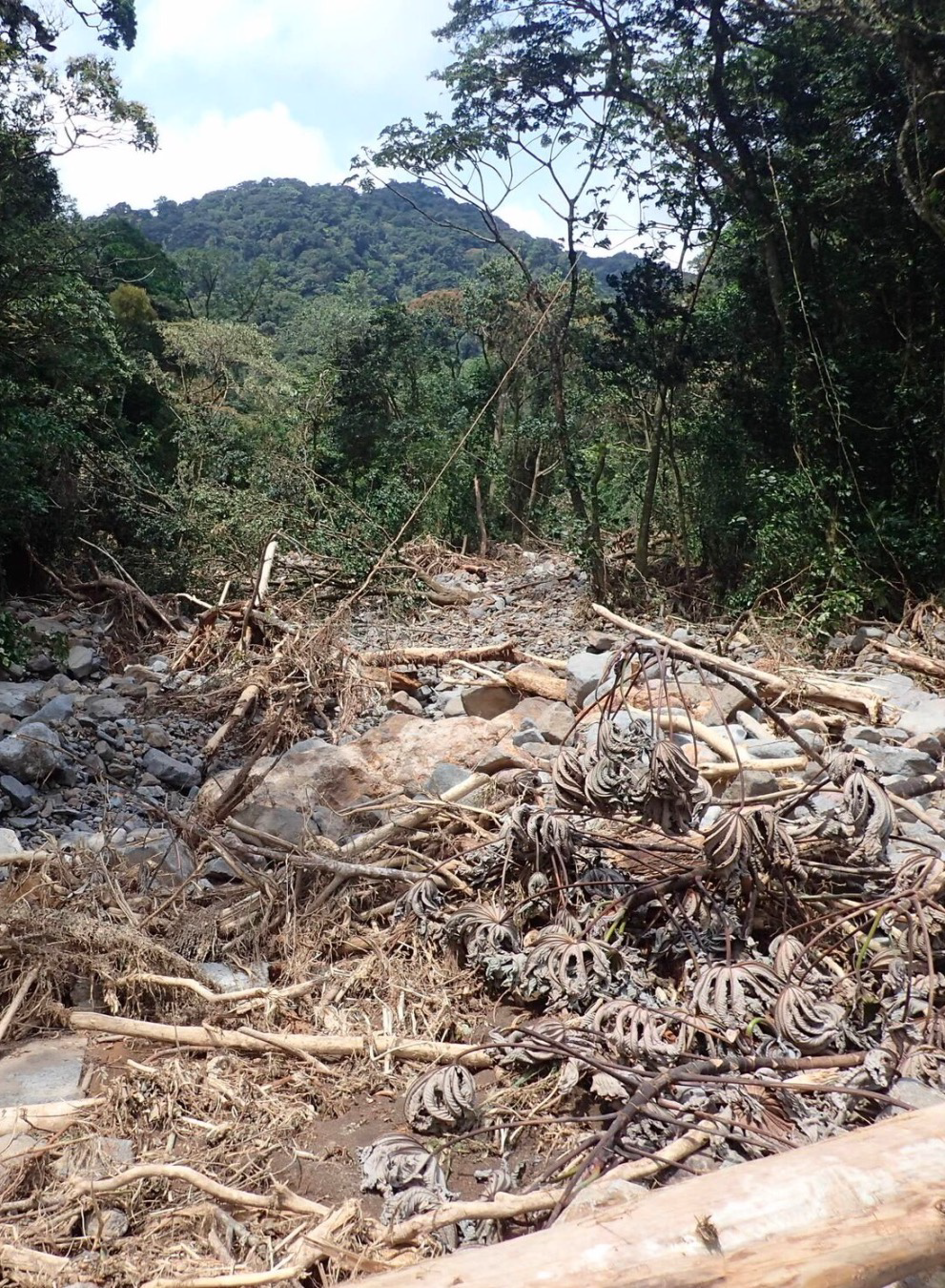From September fourth through the ninth. While we were there, we did a chocolate tour, a pineapple tour, a river float, and a few guided hikes. Our guide for the whole week was named Emma, and he showed us the most amazing things throughout the property, my personal favorite being the 60m tall ceiba tree in the middle of the forest. This tree, also known as the kapok tree, is extremely important to both the forest and indigenous cultures throughout Central America.
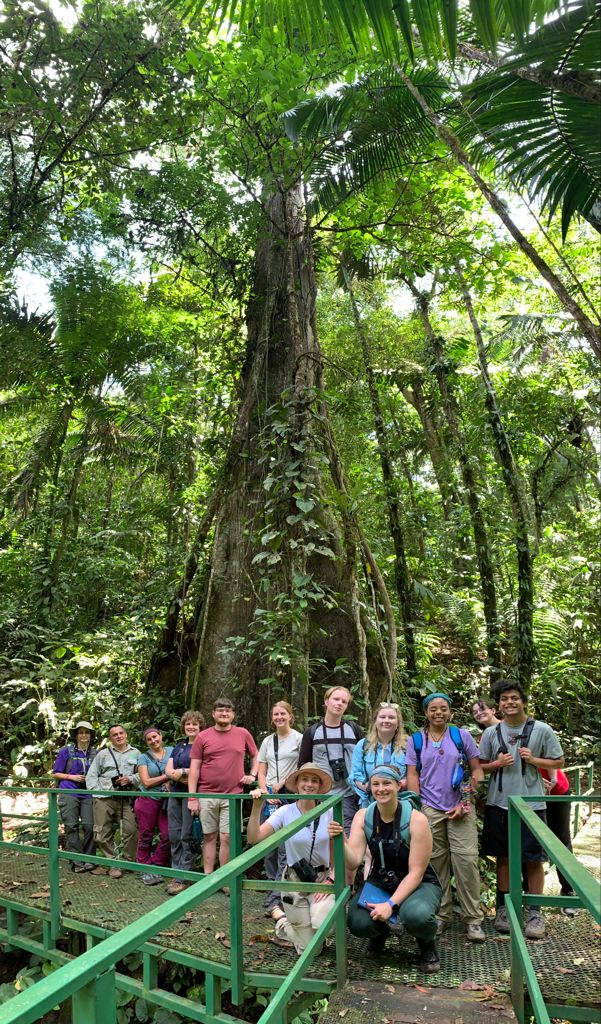
While at Tirimbina, Emma told us about a research project they did about spider populations found in the ceiba tree. They cataloged the species within the canopy and on the trunk of the tree. To do this they would get up at two in the morning to go and climb the tree to count hundreds of spiders. They discovered that there were hundreds of species living on just this one tree, and even discovered a brand-new species within it. There were also bats living in the tree, and plenty of other insect and bird species. The ceiba tree is extremely important to the rainforest ecosystem and provides a habitat for some amazing organisms.
As important as it is to the ecosystem, this tree was also extremely important in Mayan culture. They believed the tree to be a symbol of the universe, and that it was a route of communication between the three levels of the Earth, the heavens, the Earth, and the underworld. It was even believed that the tree’s roots went all the way down into the underworld. It is frequently seen in Mayan art, as it is used to symbolize the universe. These connections the Mayan drew between the heavens and the universe with this tree are not hard to understand when you stand in front of a nearly 200-foot-tall tree that towers over everything else in the forest.
